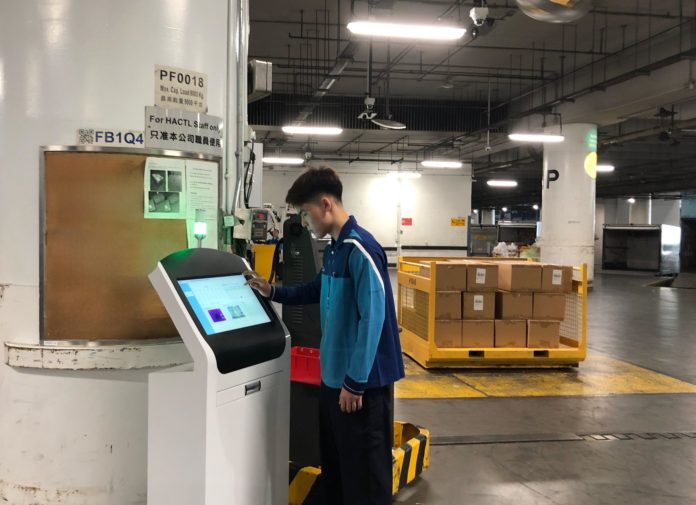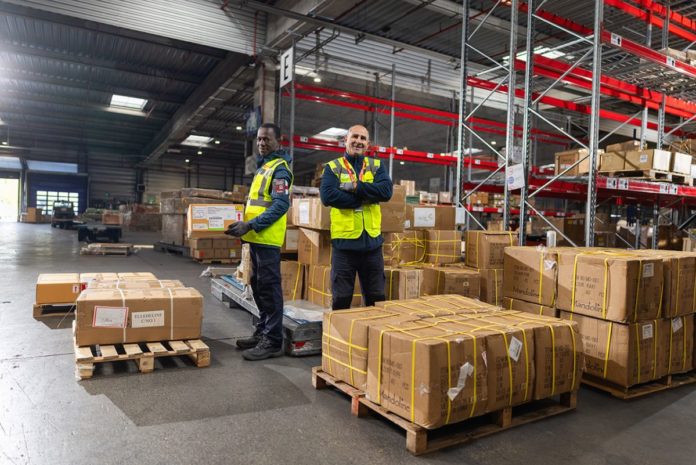Bournemouth Airport’s Cargo First division has had its best ever year, with gross cargo leaping from 18,000 tonnes in 2024 to 31,000 tonnes for the 12 months to the end of March 2025.
It pushes the British south coast gateway to eighth in the UK for airfreight.
Cargo First says its performance was underpinned by growing e-commerce imports and a significant increase in UK exports. In the first few months of 2025, export volumes doubled those seen in the prior year, with high-value UK-manufactured goods now a growing part of the business.
Plans are meanwhile well advanced for the development of a new 35,000 square foot cargo facility, as part of a £60 million site-wide investment by Bournemouth Airport’s owners, Regional & City Airports. This will approximately double the operation’s Customs-bonded warehousing and forms part of a significant development which will also deliver new airside facilities purpose-built for handling cargo aircraft this year.
Bournemouth Airport managing director, Stephen Gill, said: “We are incredibly proud of what the Cargo First team has achieved. To record our best-ever year is a testament to the hard work of everyone involved. With our new cargo facility on the horizon and volumes growing, we remain focused on Bournemouth Airport becoming the UK’s primary air gateway for e-commerce imports and exports.”
Cargo First was officially launched in 2022 as Bournemouth Airport’s in-house airfreight handling business and has positioned it as an alternative to congested London hub airports.















